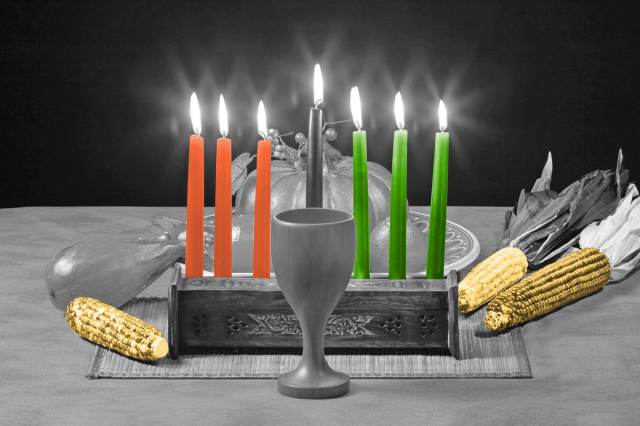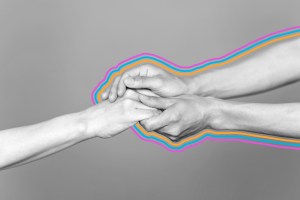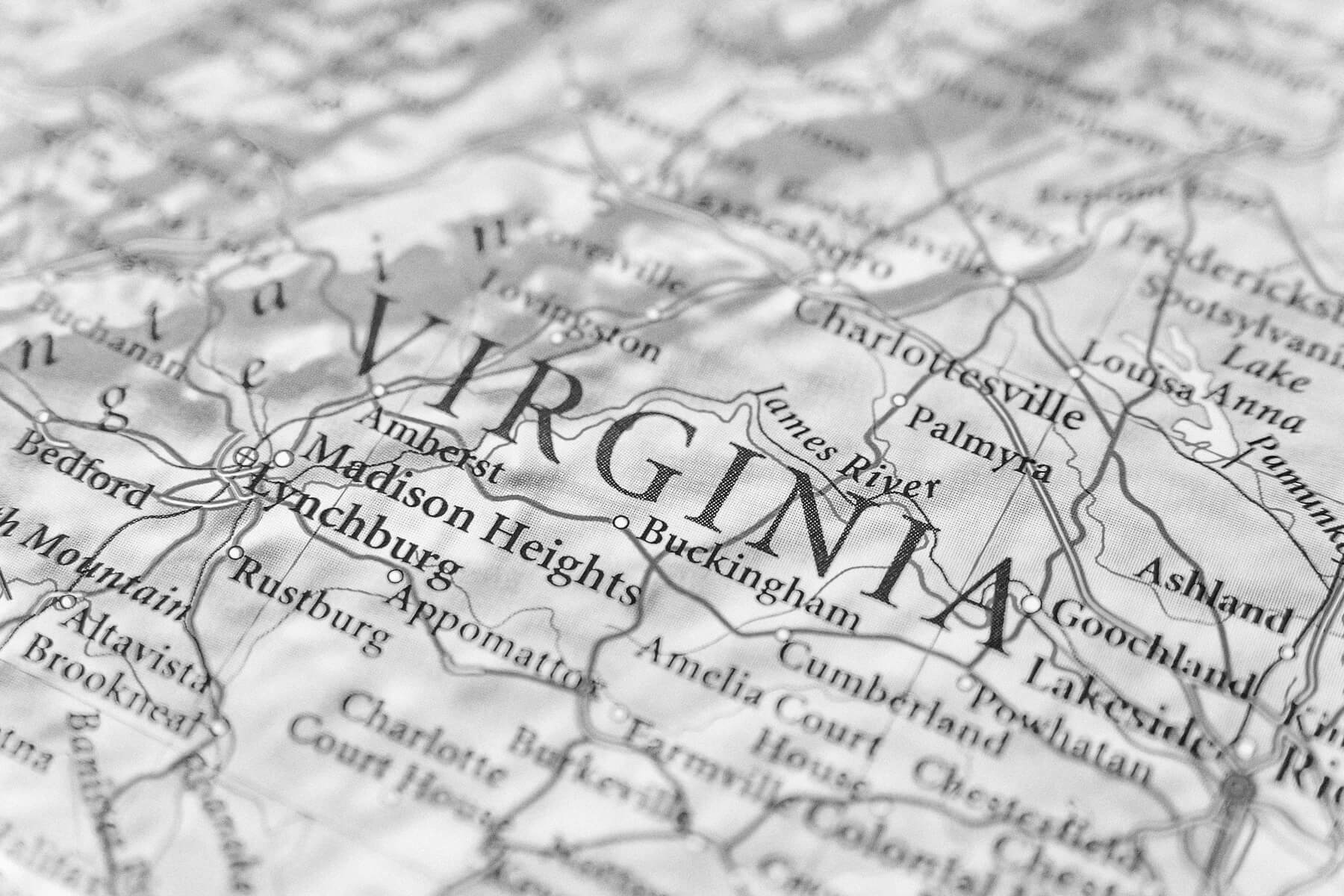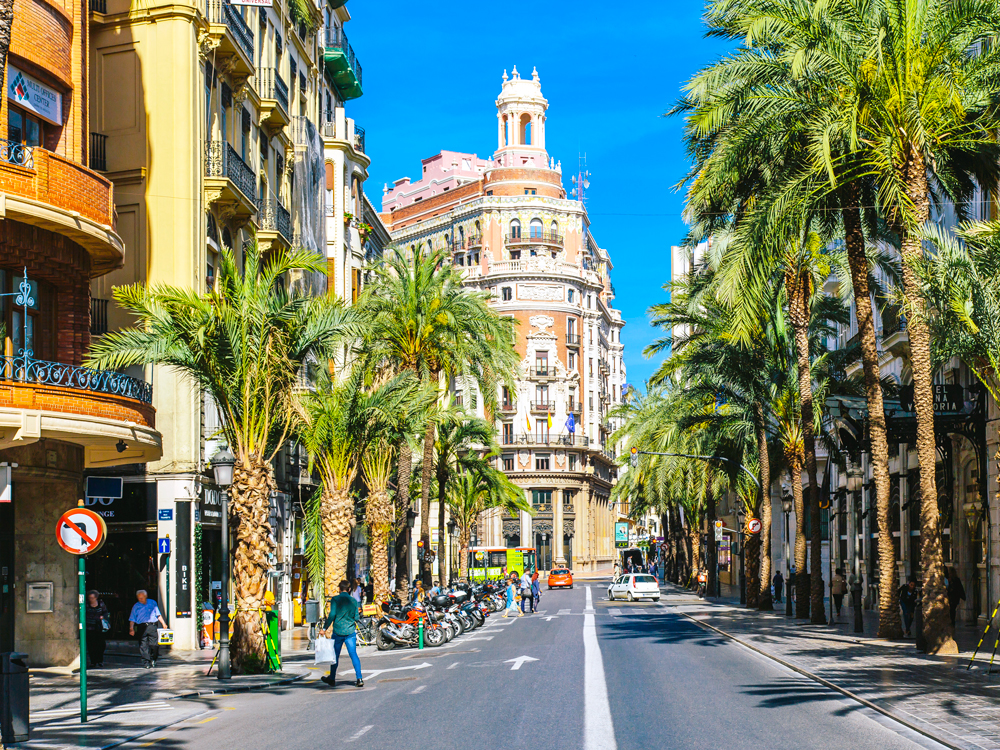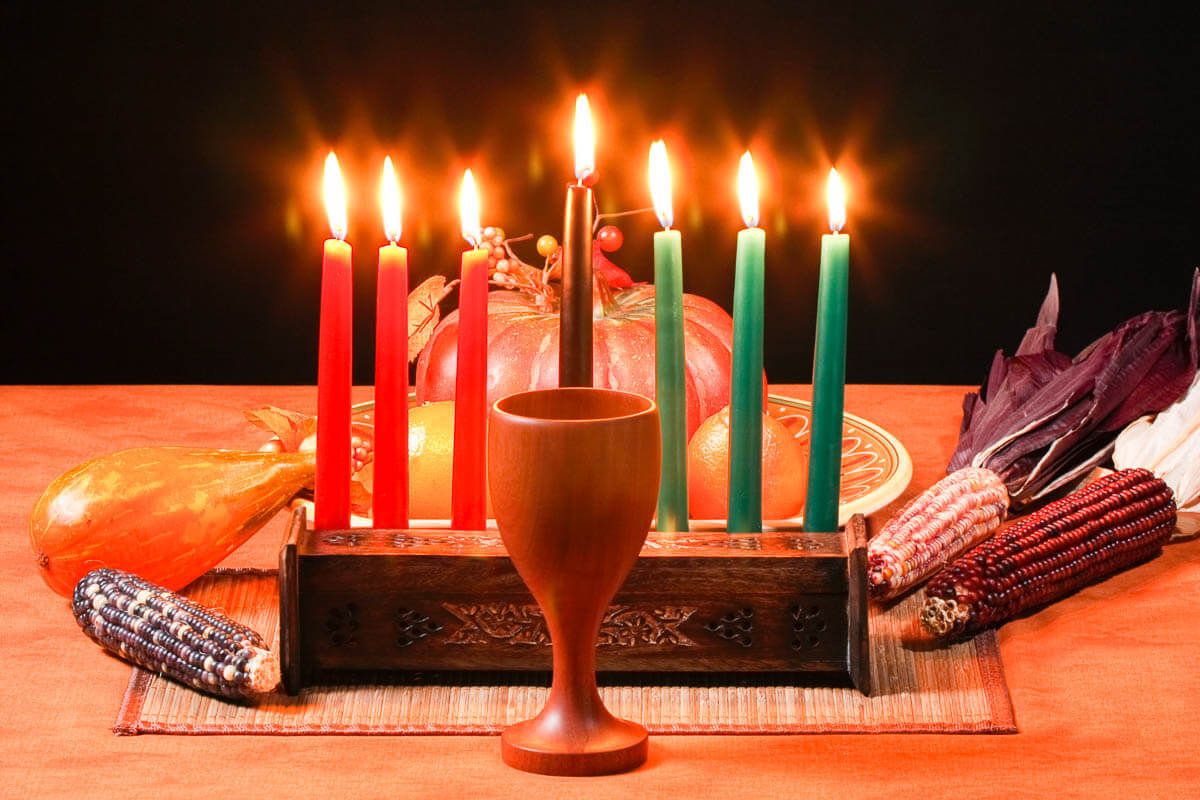
Kwanzaa Was Created in the 1960s
Christmas and Hanukkah celebrate moments that occurred more than two millennia ago, but Kwanzaa is a much more modern invention. In August 1965, the Watts Riots broke out in Los Angeles and left 34 people dead and $40 million in property damage. Horrified by the devastation, a Black activist and scholar named Maulana Karenga decided to create a holiday that celebrated African culture in an effort to unite the community. Karenga pulled influences from “first fruits” festivals across Africa, including Ashanti, Zulu, and Swazi harvest celebrations, and on December 26, 1966, the first Kwanzaa commemorations were held in Los Angeles among Karenga’s family and friends.

It’s a Cultural Celebration, Not a Religious One
Kwanzaa always begins on December 26 and ends on January 1. Although the holiday immediately follows Christmas, Kwanzaa is a nonreligious celebration, the aim of which is only to highlight African culture and communities — and not to replace religious traditions. In fact, many people who celebrate Kwanzaa also celebrate the Christmas holiday on December 25. In many homes, the kinara — the seven-candle candelabra used in Kwanzaa celebrations — stands right next to an ornament-laden Christmas tree.

Both “Kwanza” and “Kwanzaa” Are Correct Spellings
The word “Kwanzaa” is derived from the Swahili phrase “matunda ya kwanza,” which means “first fruits” — a reference to African harvest festivals. Eventually, the word “kwanza” gained an extra “a” in the English translation, reportedly so that there would be one letter for each child at an early Kwanzaa celebration. Today, both “Kwanza” and “Kwanzaa” are considered correct spellings.
More Interesting Reads

The Seven Principles Are Central to the Celebration…
The Nguzo Saba, or seven principles, are seven themes of reflection for each day of Kwanzaa. These principles are Umoja (unity), Kujichagulia (self-determination), Ujima (collective work and responsibility), Ujamaa (cooperative economics), Nia (purpose), Kuumba (creativity), and Imani (faith). Each of the principles is said to be reflected in one candle on the kinara.

… And So Are the Seven Symbols
In addition to the seven principles, there are also seven important symbols at the heart of Kwanzaa. Mazao (crops) are a symbol of productive labor. The mkeka is a mat that represents the foundation and traditions of African history. The kinara and the mishumaa saba (aka the seven candles) represent the seven principles, as described. The kikombe cha umoja, or unity cup, is what brings the African community together. The muhindi (corn) represents children and the future, and finally, the Zawadi are gifts given as a sign of commitment. Unlike many other holidays, Kwanzaa gifts are encouraged to be educational or homemade. On December 31, families also have a feast called karamu and often dress in traditional African clothing, including dashikis and kaftans.

Millions of People Celebrate Kwanzaa Every Year
Although Kwanzaa is a celebration of African traditions, the holiday is open to anyone who wants to honor these diverse and vibrant cultures. The holiday gained significant traction during the Black Power movement of the 1960s and 1970s, and though its influence has waned in recent decades, millions of people in the U.S. (around 4% of the population) and around the world gather around the kinara and celebrate a culture that’s as long-lasting as the history of humanity itself.

